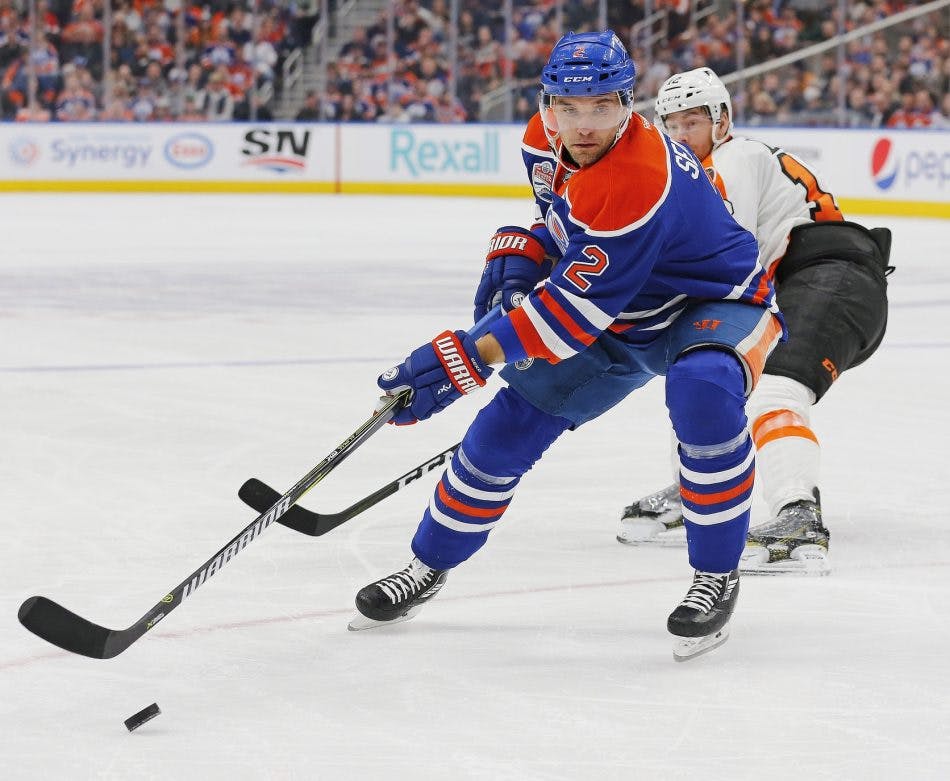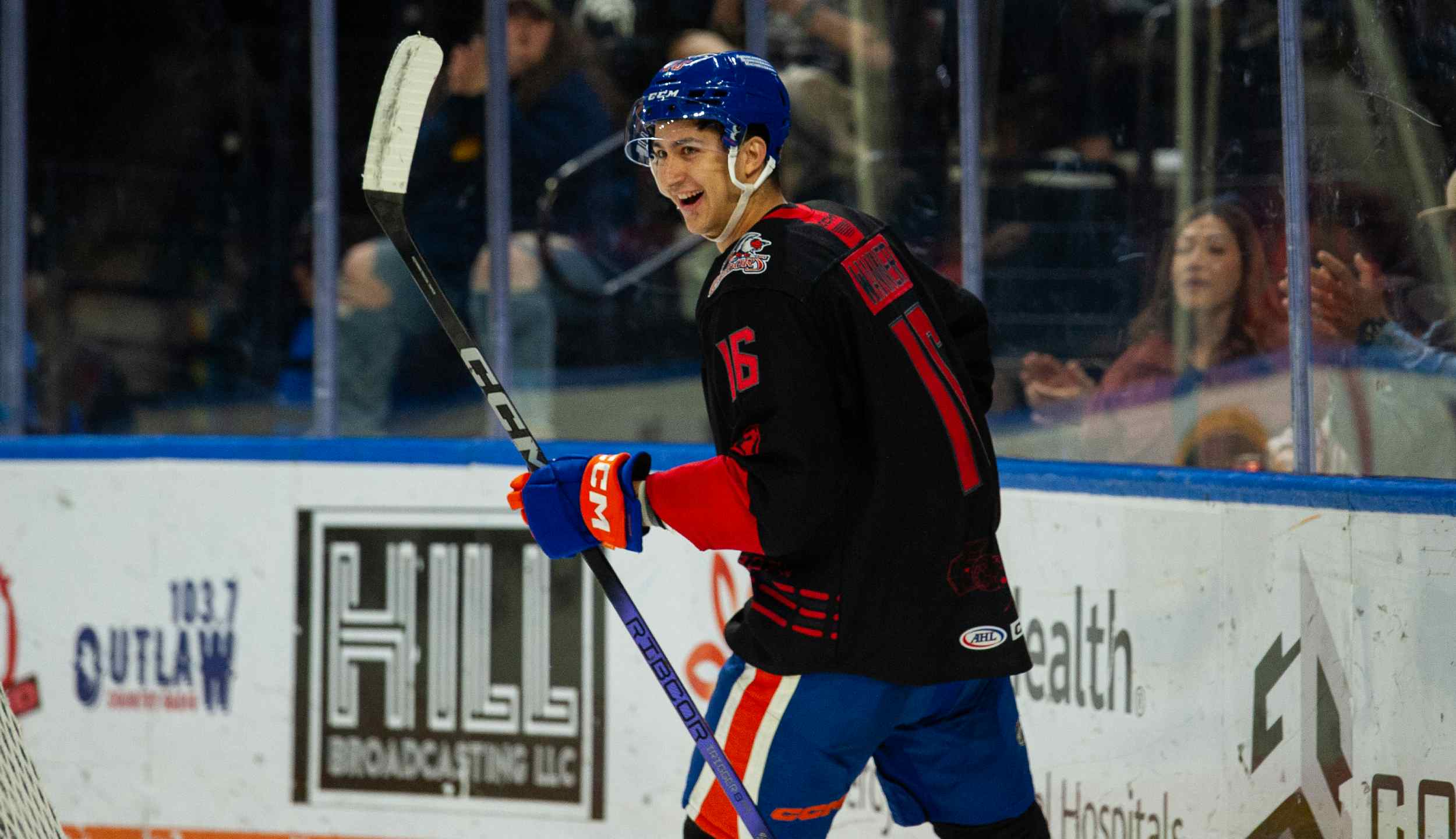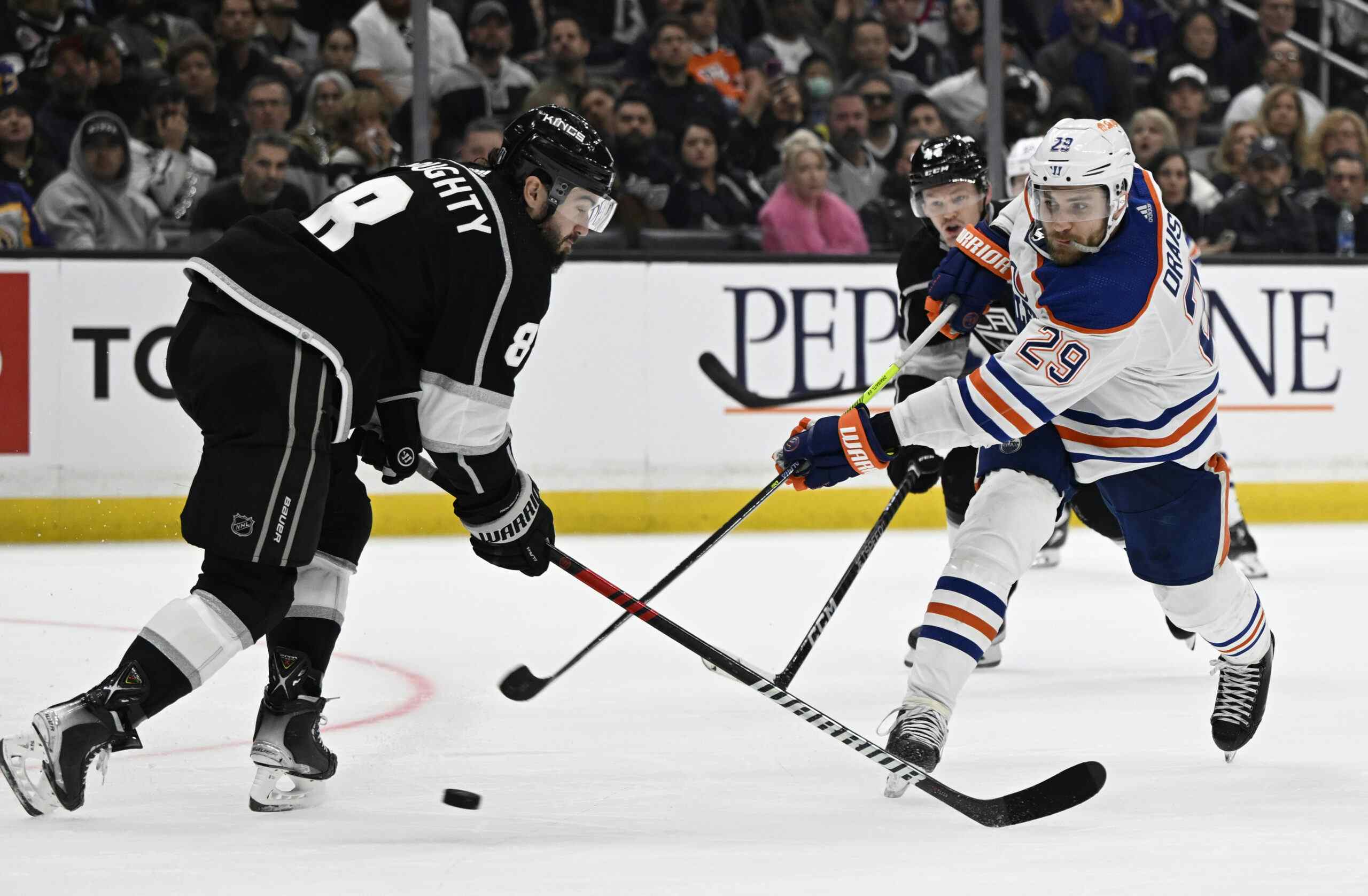The obvious play on the Edmonton Oilers’ blue line

The Edmonton Oilers shouldn’t have too much trouble stabilizing their blue line this summer, even if Andrej Sekera’s six-to-nine month recovery timeline comes in on the longer side.
It may not be literally true that an opportunity lies behind every difficulty, but at the NHL level that optimistic viewpoint usually has some validity. A veteran getting hurt is a chance for a prospect to shine, a salary cap crunch is chance to sign players to cheaper deals or grab talent from a team with less financial flexibility.
Similarly, this summer’s expansion draft, often presented as a challenge the Edmonton Oilers and other clubs must overcome, is likewise an opportunity. It’s certainly an opportunity to shed salary, and also a chance to pick up players from teams with overstrained protected lists.
For the Oilers specifically, there’s also an opening to make a deal with the Vegas Golden Knights for some of the talent they’ll be harvesting from the league’s other 30 teams.
The injury to Sekera which will sideline the veteran defenceman for at least the start of next season – and likely leave him well below his usual standard of play when he first returns – is a serious challenge to Edmonton.
Some have suggested it automatically means re-signing Kris Russell after expansion, but even if that’s true it leaves the Oilers in a position where next season’s top-four is going to be weaker than this season’s was. With Brandon Davidson shipped off at the trade deadline, the club already has fewer bottom-pair players capable of moving up the depth chart. If there’s an early-season injury on the blue line (as there was with first Davidson and then Darnell Nurse in 2016-17) it could kneecap the team out of the starting gate.
One solution to this would be to trade with a team at risk of losing a defenceman to Las Vegas. The problem is that this would leave Edmonton in the position of likely losing a defenceman, or alternately force the team to protect four defenders (which would increase the number of exposed forwards). That doesn’t mean this option should be counted out, but it does make it less appealing.
Another approach would be to wait until after the expansion draft, and then trade for or sign a defenceman. This is more problematic, because the list of free agent defencemen is extremely unimpressive and because teams aren’t going to feel much pressure to move defenders – especially if they’ve already lost one to the Golden Knights.
There is a third path, though, one which has been underexplored because it’s so difficult to get an accurate read on the post-expansion draft landscape: Trade with Vegas for one of the defencemen the Knights have selected.
Even if we assume that the biggest names out there – players like David Savard and Sami Vatanen and Jonas Brodin – are moved to teams with room to shield them, the Golden Knights are going to get a shot at some good defenders, and making a deal for a veteran No. 4/5 type shouldn’t be all that hard to do. Las Vegas is building with a view to the future, so waiver-exempt prospects and draft picks are almost certainly going to have more value to the franchise than a good mid-career depth defenceman.

Ironically, one option might be Davidson, who the Oilers traded so as not to lose him for nothing in expansion. Montreal probably can’t protect him, though he’s also young enough that Vegas might prefer to keep him rather than move him on down the line (assuming that they select him over other options).
Edmonton GM Peter Chiarelli might perhaps prefer a defenceman he knows from his time in Boston, and the Bruins are going to expose several, with Adam McQuaid and Kevan Miller potential candidates. Jason Demers has been mentioned as a trade candidate in recent days because Florida is in a real jam, one of the worst of any team when it comes to expansion; the Panthers can probably only protect one of Demers, Mark Pysyk and Alex Petrovic. The Isles are in a terrible spot, too, with a bunch of good defencemen potentially available. Calvin de Haan and Thomas Hickey are obvious candidates.
To this list we can certainly add Chicago, Dallas, Los Angeles, Ottawa, Pittsburgh and Washington as teams that are going to have a real struggle to shield all of their difficult-to-replace defenders.
All of this is probably an argument for the Oilers to strike now, before the expansion draft, moving someone like Jordan Eberle (it’s much easier to protect forwards than defencemen) for a higher-end rearguard. The cost of such a move would be the exposure of a better forward – certainly Mark Letestu and Jujhar Khaira, probably Zack Kassian – with the knowledge that the trade they’re making is going to cover that sacrifice. If there’s one thing fans in Edmonton know, it’s how hard it can be to turn a pricey winger into a competent defenceman on the trade market. The opportunity presented this summer is unique.
Failing that, though, Edmonton should certainly be able to pick up a veteran depth option in the aftermath. It might cost a prospect the team doesn’t want to lose, but when a team wants to win the Stanley Cup sometimes it has to sacrifice the future a little for the present.
Recent articles from Jonathan Willis





